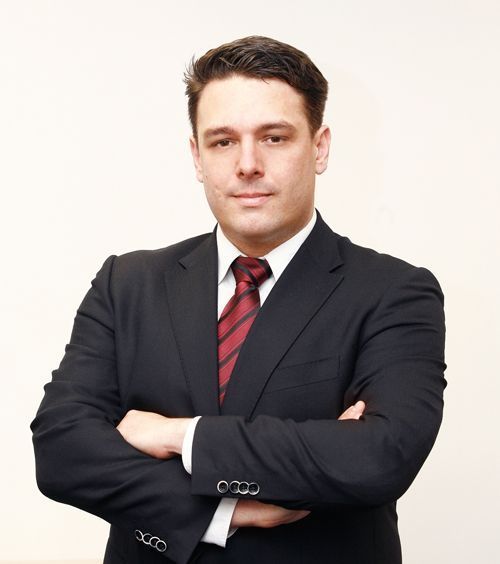Between 2010 and 2015 transactions involving retail parks in Polish towns of up to 100,000 inhabitants were worth EUR 82 mln. According to Colliers International, 14 retail parks with a total area of 85,000 sqm changed hands. Four transactions were for portfolios with the largest of them being the acquisition of three Elbfonds retail parks by the German Marcredo fund for EUR 32 mln in 2014. The yields ranged from 8.5 to 10 pct and the average price per sqm was EUR 1,100. The European market in 2017 was dominated by a EUR 900 mln transaction when Pradera took over 25 Ikea retail parks in eight countries, including four in Poland and one in the Czech Republic. A combined total of around 150,000 sqm of retail parks were sold in Poland in 2017 for around EUR 230 mln. The Ikea portfolio sale turned out to be the largest of the year. This year too, more than a dozen sales transactions of individual retail parks are expected. For example Eden retail park in Zgorzelec and Wawer retail park in































































